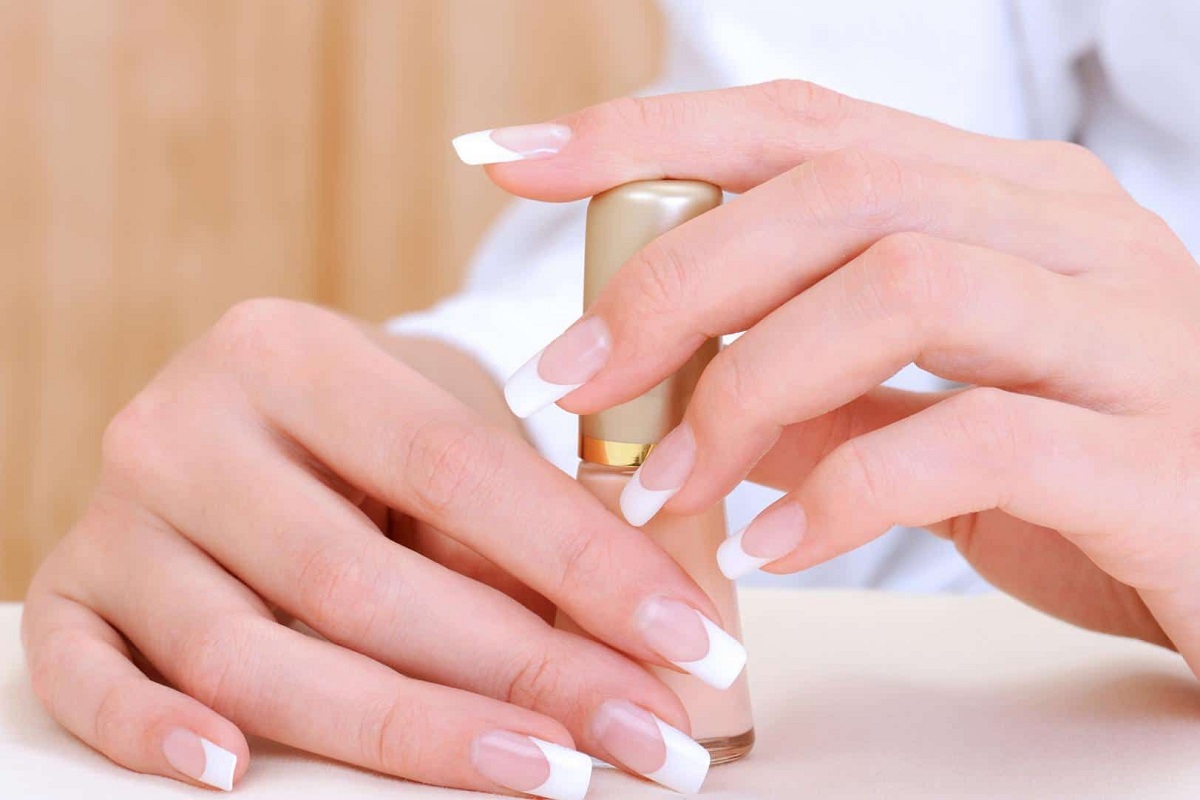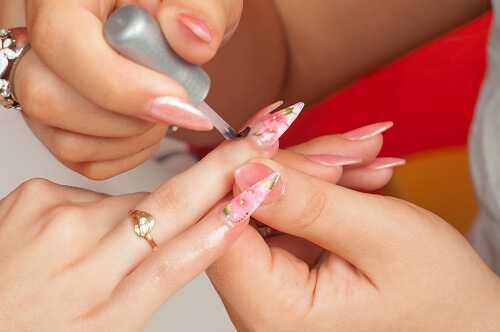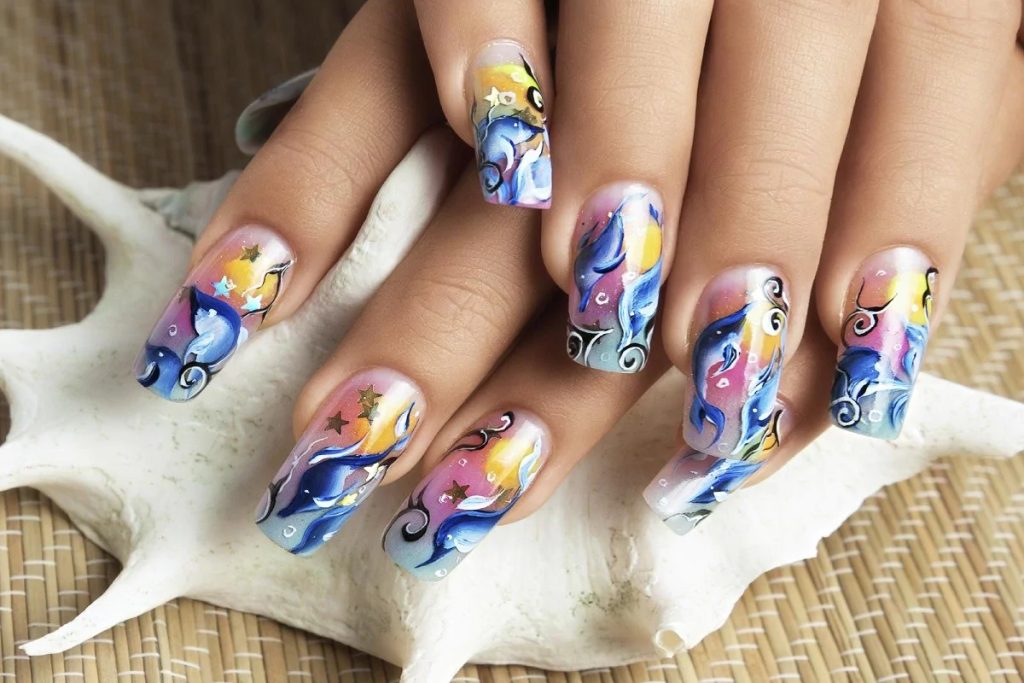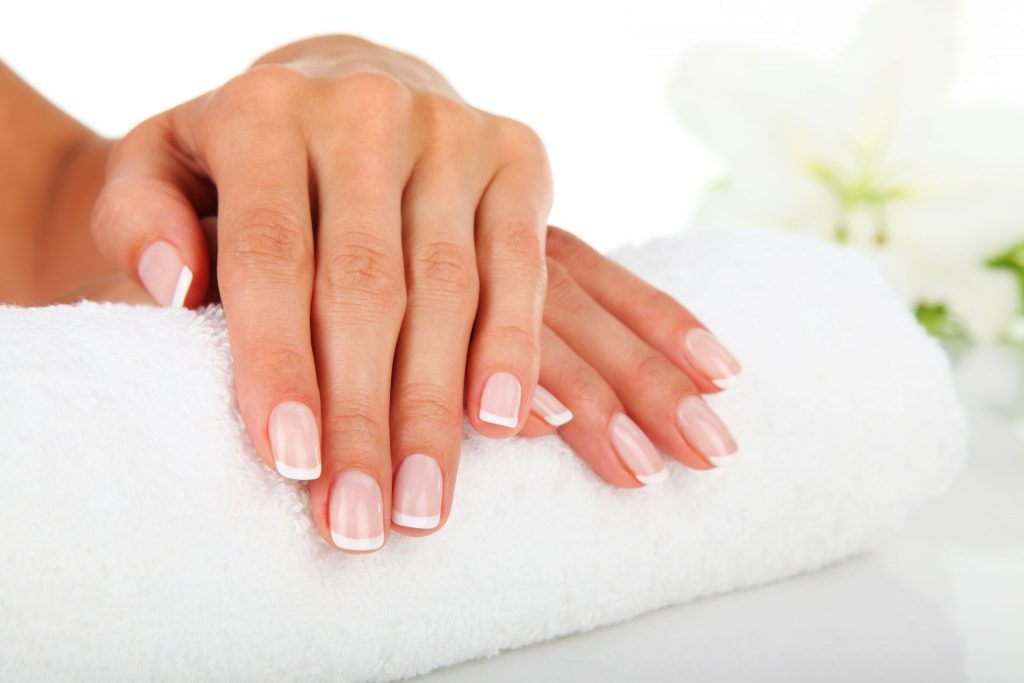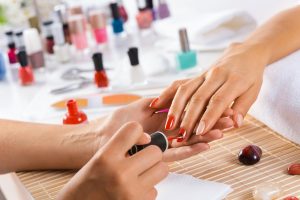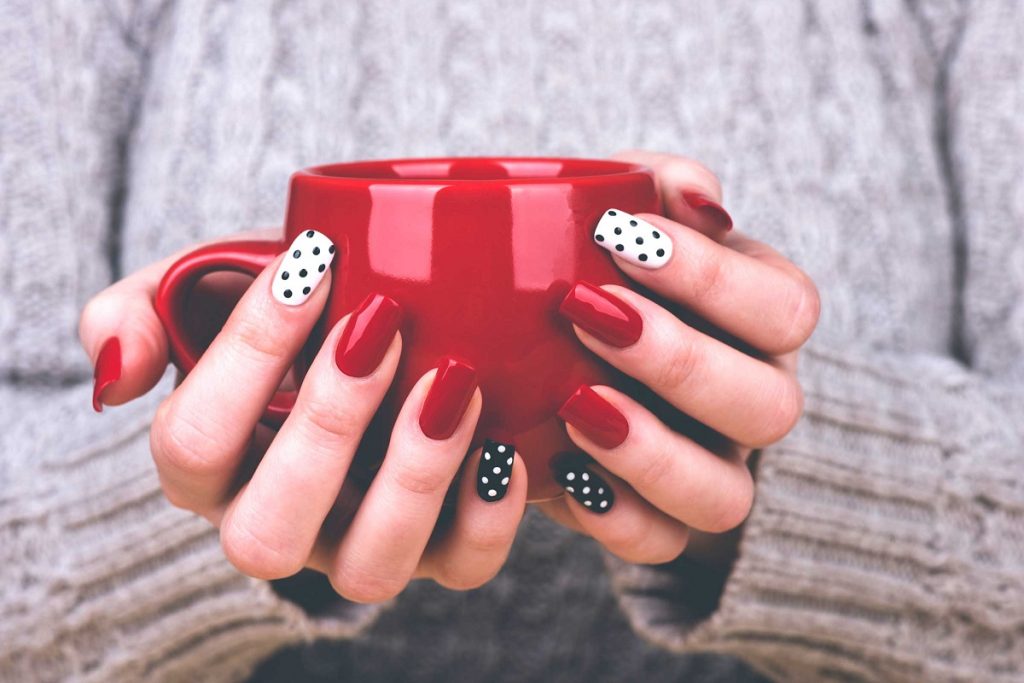There are two important components of taking care of acrylic nails. The first is to take care of the acrylics themselves, and the second is to take care of your actual nails.
Many people think that acrylic nails are maintenance-free, but that is not true. Follow these ten tips to ensure that your acrylics and your natural nails remain in top condition.
1. Be gentle
This is the single most important care tip for both real and acrylic nails. Please don’t use them to open cans, breakthrough tape on packages, or pry things open.
You run the risk of not only breaking an acrylic nail but also damaging your underlying nail, which can be immensely painful. Long nails need to be treated gently, whether acrylic or biological and never used for prying.
2. Keep them dry
Water causes the glue that binds acrylics to loosen, especially if it sits for a long time. More importantly, acrylic nails are more likely to grow fungus and bacteria than natural nails and moisture breeds both. Dry your nails thoroughly after washing your hands, and any time they get wet.
If you are submerging your fingers during any task, such as washing a pet or gardening, wear gloves to keep them dry. Dusting your hands with baby powder is also a great way to reduce moisture, but don’t put it on to hands that are already wet.
3. Attend to damage immediately
The faster you attend to chips and cracks, the easier they are to repair. Ignoring damage allows it to spread and makes the nail prone to more extensive injury after a second insult. Not only will quick attention to damage protect your nails, but small problems will be cheaper to repair than if you wait until things get worse.
4. Avoid acetone
Never use a nail polish remover that contains acetone. It will cause the acrylic to deteriorate, leaving pits and making your nails soft. In fact, you should avoid anything that can damage acrylics, such as high heat, turpentine, Goo-Gone, and other similar chemicals.
Rubbing alcohol is fine, and so is WD-40. It may sound odd, but WD-40 should be used to remove sticky residue from your acrylic nails rather than Goo-Gone.
More: 10 Easy Ways to Grow Your Nails Fast
5. Oil nails daily
You should apply a neutral penetrating oil, such as rapeseed oil, to acrylic nails at least once per day. This will keep your nails flexible and prevent them from cracking. Other penetrating oils, like jojoba, also work well.
6. Maintain your skin
Keeping the skin around your nails happy and healthy is just as important as attending to the nails themselves. Moisturize your hands daily and watch for dryness, redness, and peeling of the skin around your acrylics. These can all be indicative of an infection, which will require you to remove your acrylics until the bacteria is eradicated.
7. Apply clear nail polish
You need to apply clear nail polish to acrylic nails at least once per week. This will seal any pits or micro-fractures that form and help maintain the nail’s finish. It is a good idea to have the salon refill your nails, which will improve their appearance and reduce your risk of infection every two weeks.
8. Wash regularly
Wash your nails regularly with antibacterial soap to reduce your risk of infection. It is also wise to soak a Q-tip in rubbing alcohol and run it under your nails each night before bed to remove debris and kill bacteria. Not only do bacteria cause skin infections, but they can also actually damage and discolor acrylic nails over time.
9. Vitamin E
Vitamin E is perfect for your real nails. Applying it to your fingers once a week is a great way to promote natural nail health and provide a good foundation for your acrylics.
When you remove your acrylics, make sure to treat your nails with vitamin E while they are exposed. It will enhance their strength and appearance.
More: 7 Healthy Foods to Eat to Increase Your Vitamin E Intake
10. Don’t DIY
When an acrylic nail is loose or damaged, don’t be tempted to repair it yourself. You can actually do more harm than good by repairing your own acrylics.
Make an appointment with a reputable salon any time something goes wrong with an acrylic nail. The nails can increase the risk of infection if not done in a professional salon.
Good nail health is best achieved by keeping your hands clean and dry. Dirt and moisture are the refuges of bacteria and fungi, both of which can wreak havoc on real and acrylic nails.
Both are also hard to eradicate once they gain a foothold, so avoid the problem entirely by wearing gloves when working in damp environments and treating your nails gently. Treat your acrylics with care, and you will have beautiful, healthy nails that only require a touch-up once every two weeks or so.

